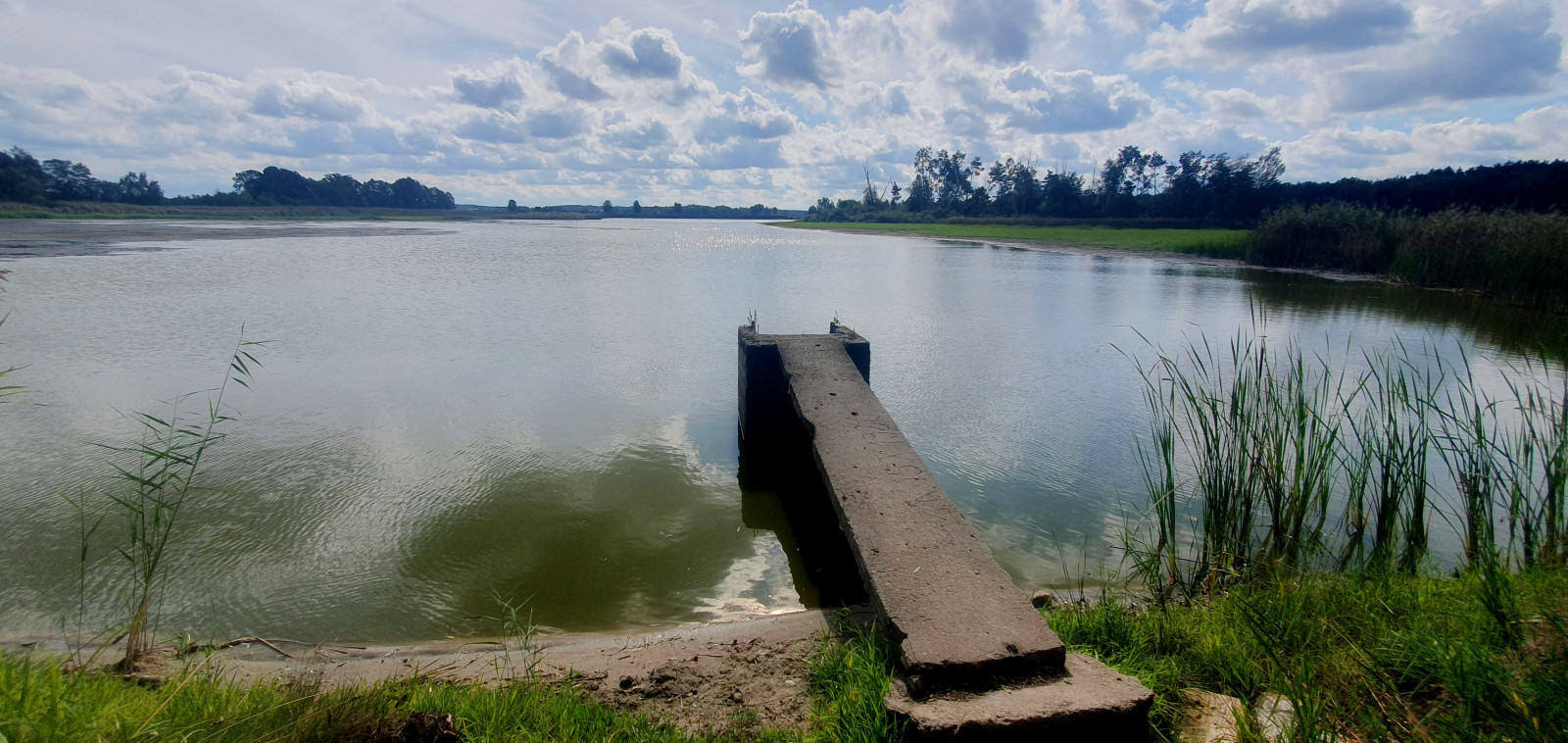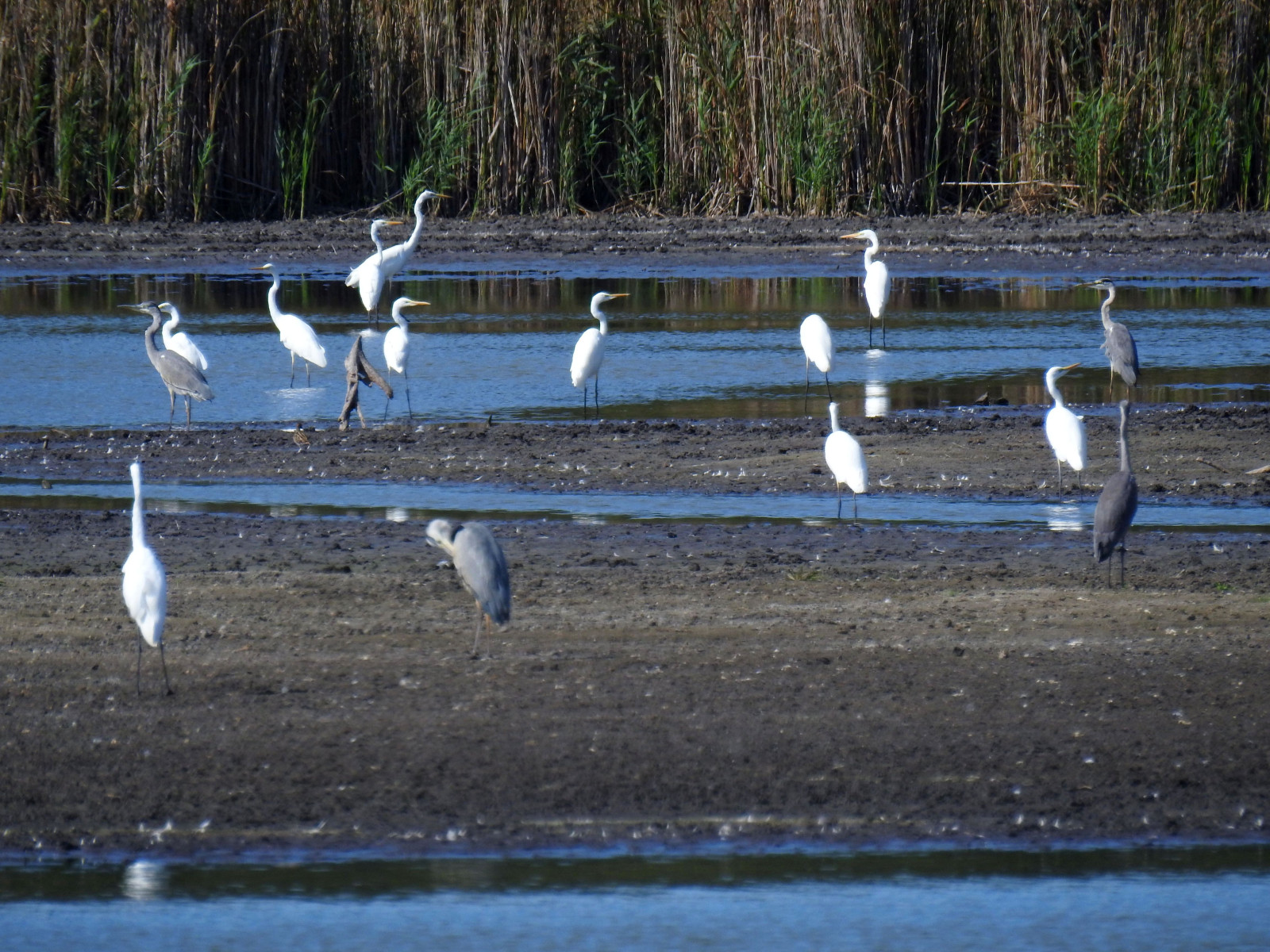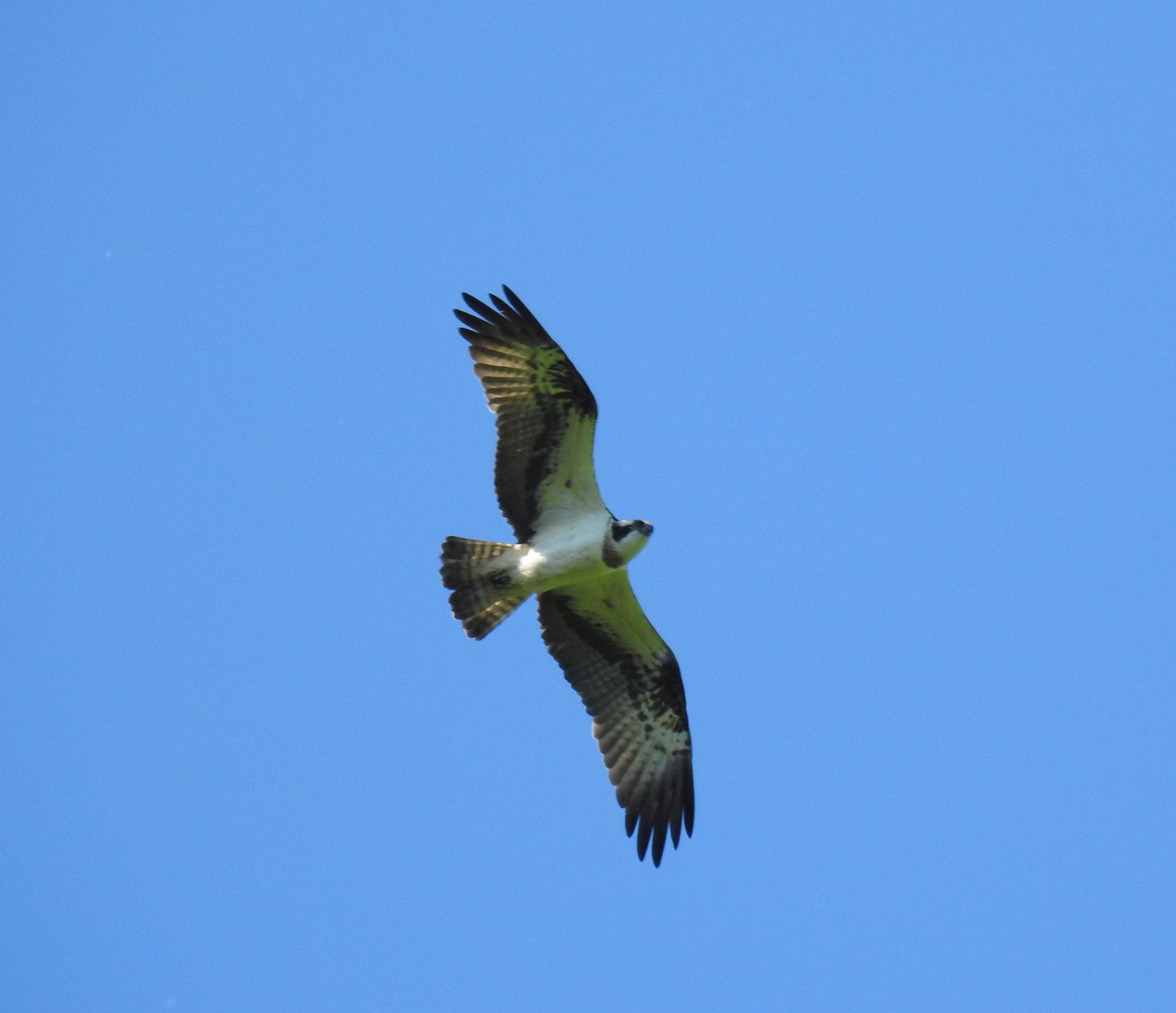Charger images
Les formats d'image autorisés sont de type jpeg, png ou gif
La taille maximale du fichier doit être de 20MB



Zgliniec is a complex of several fish ponds, which are part of the Natura 2000 area and the IBA Wonieść Reservoir.
The Zgliniec ponds complex is cut in half by the municipal road between Zgliniec and Jezierzyce. The southern part of the ponds is more accessible, with a better view of the ponds. The northern part is heavily overgrown with reeds and the view of the water is poorer. At the beginning of the 21st century, it was one of the last breeding places of the Fuligule nyroca in the region.
The most interesting period here is the spring migration (March-May) and autumn migration (August-November). During this time, you can see large flocks of wetland birds, mainly: Cygne chanteur, Oie de la toundra, Oie rieuse, Oie cendrée, Grande Aigrette, you can quite regularly here you can find single Tadorne de Belon, Oie à bec court, Bernache nonnette, as well as many species of ducks.
Ponds are good places for waders, although it depends on the water level. Flocks of a dozen to several dozen are regularly seen here: Bécasseau variable, Petit Gravelot, Chevalier sylvain, Chevalier arlequin, Chevalier aboyeur, Bécassine des marais, Combattant varié, Vanneau huppé. There are also individual ones found here: Bécasseau cocorli, Bécasseau minute, Grand Gravelot, Pluvier argenté. The rarer charadriiformes are: Courlis corlieu, Chevalier stagnatile and Phalarope à bec étroit.
The area of the ponds is a good place for observing birds of prey such as: Pygargue à queue blanche (practically all year round), Busard des roseaux, Milan royal (breeding season and migrations), Balbuzard pêcheur (migrations).
Like any fish pond, this place is characterized by high variability of bird species and numbers depending on the water level and season. It is worth following the news from this place on eBird or ornitho.pl.
__________________________
Polski: Kompleks stawów jest przecięty na pół drogą gminną między Zglińcem a Jezierzycami. Południowa część stawów jest bardziej dostępna, z lepszym widokiem na stawy. Część północna jest mocno zarośnięta trzciną i jest gorszy widok na wodę. Jeszcze na początku XXI w. było to jedno z ostatnich miejsc lęgowych podgorzałki w regionie.
Najciekawiej jest tu w okresie migracji wiosennej (marzec-maj) i jesiennej (sierpień-listopad). W tym czasie można spotkać duże stada ptaków wodno- błotnych, głównie: Cygne chanteur, Oie de la toundra, Oie rieuse, Oie cendrée Grande Aigrette, dość regularnie można tu spotkać pojedyncze: Tadorne de Belon, Oie à bec court, Bernache nonnette, a także wielu gatunków kaczek. Stawy to dobre miejsce na ptaki siewkowe, choć to zależy od poziomu wody. Regularnie widuje siętu stada kilkunastu- kilkudziesięciu: Bécasseau variable, Petit Gravelot, Chevalier sylvain, Chevalier arlequin, Chevalier aboyeur, Bécassine des marais, Combattant varié, Vanneau huppé. Spotyka się tu także pojedyncze: Bécasseau cocorli, Bécasseau minute, Grand Gravelot, Pluvier argenté. Rzadsze siewkowe to: Courlis corlieu, Chevalier stagnatile, Phalarope à bec étroit.
Rejon stawów to dobre miejsce na obserwacje ptaków szponiastych takich jak: Pygargue à queue blanche (praktycznie cały rok), Busard des roseaux, Milan royal (okres lęgowy i migracje), Balbuzard pêcheur (migracje).
Jak każdy staw rybny i to miejsce cechuje się dużą zmiennością gatunkową i liczeności ptaków w zależności od poziomu wody i sezonu. Warto śledzić na bierząco doniesienia z tego miejsca na eBird lub ornitho.pl.
You must have your own transport. You can park the car in the village, at the crossroads. Click on the P in the map for directions. Entrance to the ponds is currently possible without having to register, although I recommend ringing the bell at the hosts' door at Zgliniec 3 (yellow house with a red sloping roof, on the right side at the intersection) and informing them of your intention to enter - there will be no problem.
The best route leads along the eastern part, along the embankment between the ponds and the canal, and along the asphalt road to Wojnowice. From there there are plenty of places overlooking both ponds. You can get to Lake Wojnowickie and go back. At the end of the second pond there is a small hunting lodge on a birch tree - you can look at the ponds from there, although there is not much space on it.
__________________________
Polski: Koniecznie własny transport. Auto można zaparkować we wsi, przy skrzyżowaniu dróg: Aby uzyskać wskazówki, kliknij literę P na mapie. Wejście na stawy jest obecnie możliwe bez konieczności zgłaszania się, choć rekomenduję, żeby zadzwonić do drzwi gospodarzy pod adresem Zgliniec 3 (żółty dom z czerwonym skośnym dachem, po prawej stronie na skrzyżowaniu) i zgłosić im chęć wejścia- nie będzie problemu.
Najlepsza droga prowadzi wschodnią częścią, po wale pomiędzy stawami a kanałem i drogą asfaltową do Wojnowic. Stamtąd jest wiele miejsc z widokiem na oba stawy. Można dojść do jeziora Wojnowickiego i się cofnąć. Pod koniec drugiego stawu jest niewielka ambona myśliwska na brzozie- można stamtąd zerknąć na stawy, choć miejsca na niej jest niewiele.
Votre feedback sera transmis à l’auteur.rice de cette zone et à l’équipe éditoriale de Birdingplaces, qui l’utiliseront pour améliorer la qualité des informations. (Vous souhaitez publier un commentaire visible en bas de page ? Fermez cette fenêtre et choisissez l’Option 1 : « Publier un commentaire, un conseil ou une observation ».)
Veuillez fournir des suggestions d'améliorations ou d'ajouts au texte de ce site ornithologique.
Veuillez fournir vos suggestions d'améliorations ou d'ajouts à la carte.
Veuillez fournir des suggestions d'améliorations ou d'ajouts à la liste des oiseaux.
Cliquez sur l'icône de l'oiseau () Insérez les noms d'oiseau dans votre langue. Ils seront automatiquement traduits pour les autres usagers !